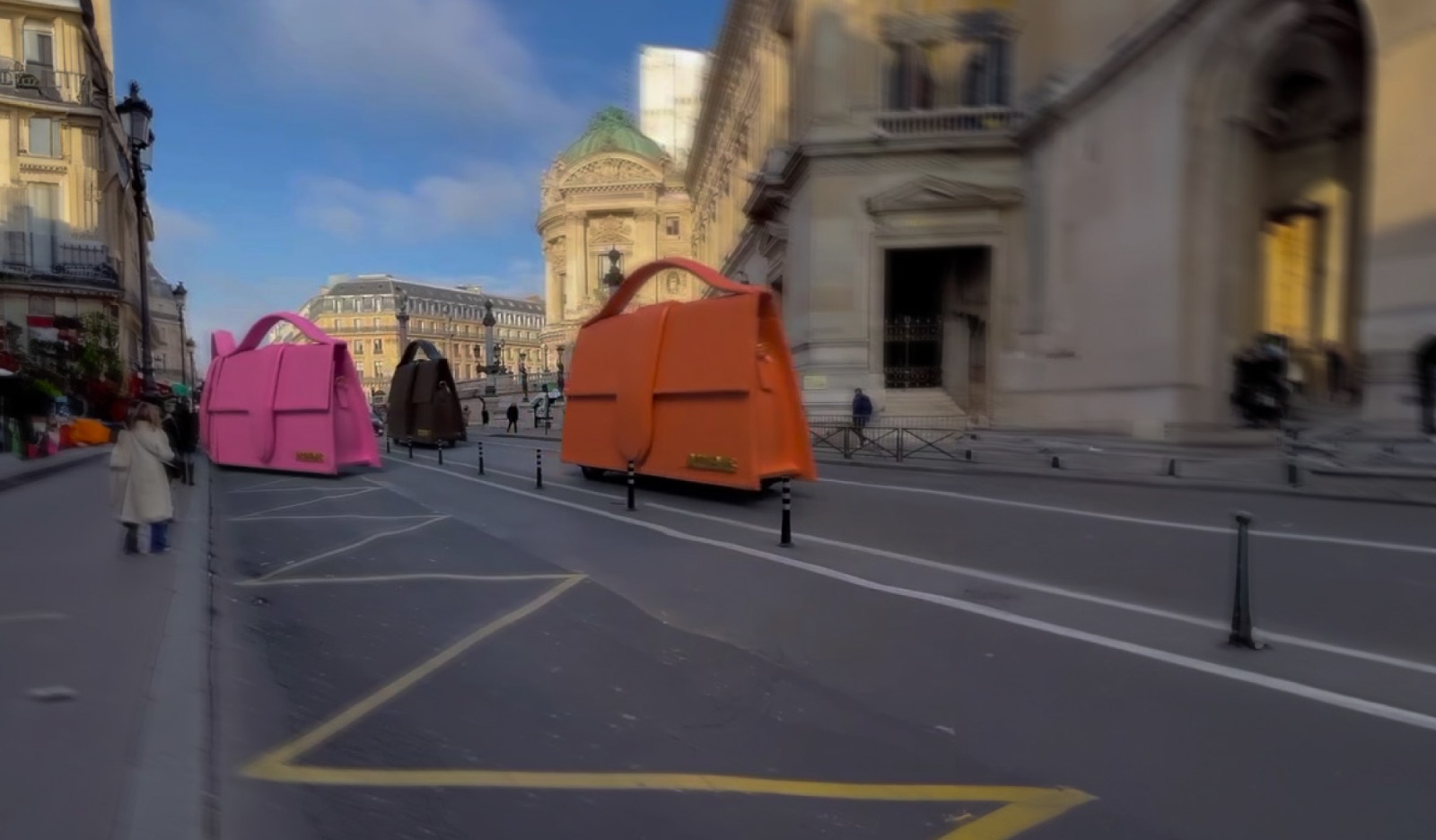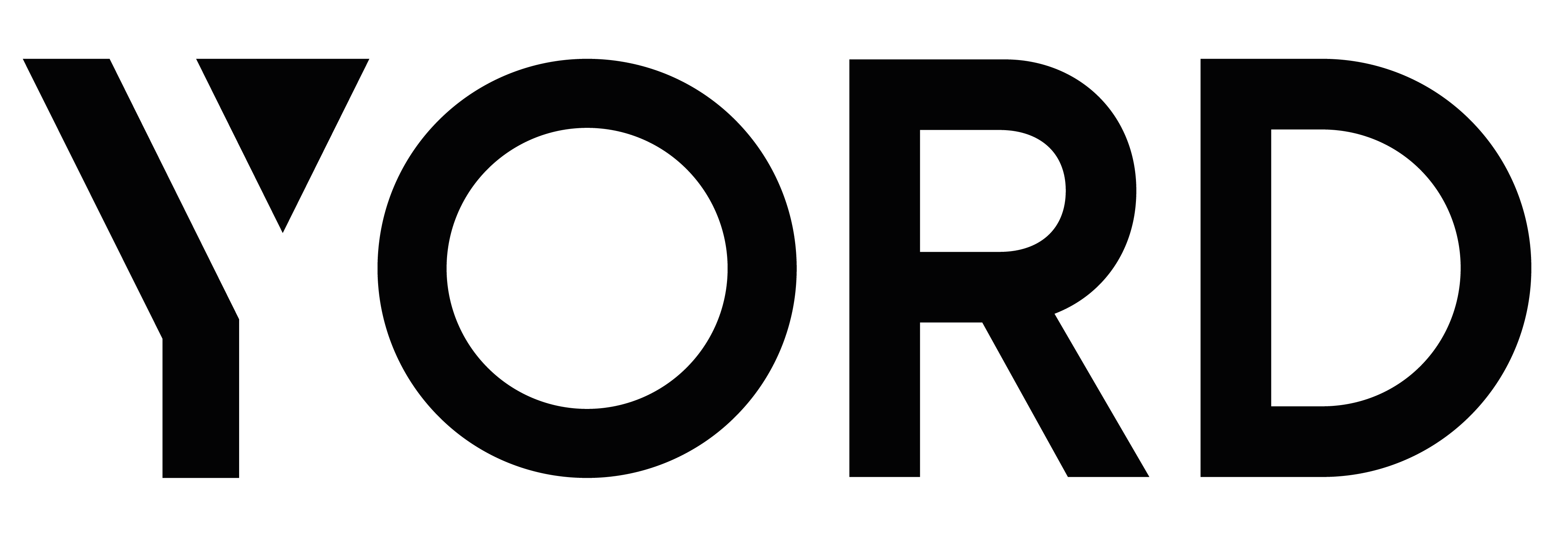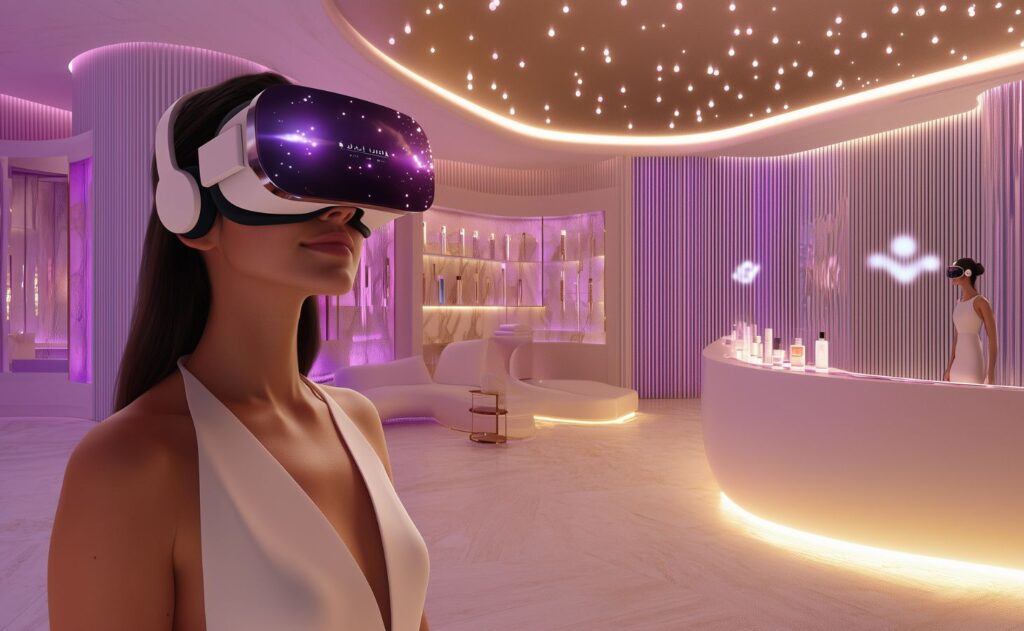In the dynamic realm of advertising, a novel trend is capturing the attention of marketers and audiences alike: FOOH (Fake Out of Home) advertising. This innovative approach is not just a fleeting fad but a strategic evolution in marketing that leverages the power of illusion and creativity to create impactful, memorable campaigns. In this comprehensive guide, we’ll explore the essence of FOOH advertising, its escalating popularity, and its advantages to marketers, and showcase top examples that have set the benchmark in this genre.
What is FOOH Advertising?
FOOH, or Fake Out of Home advertising, is a creative twist on traditional out-of-home advertising. It involves using digital CGI or physical media to create illusions or fictional scenarios in public spaces. These ads are designed to blend seamlessly with their environment, often causing viewers to double-take and engage more deeply with the message.

Why did FOOH Become So Popular?
The surge in FOOH advertising’s popularity can be attributed to its unique ability to cut through the noise of conventional ads. In a world where consumers are bombarded with endless content streams, FOOH ads offer a fresh, engaging experience that captivates and entertains, making the message more memorable and shareable.
The Advantages of Integrating FOOH into Your Marketing Strategy
1. Enhanced Engagement and Recall
FOOH ads are inherently more engaging due to their novel and immersive nature. By capturing the audience’s attention unexpectedly, these advertisements significantly improve brand recall and message retention.
2. Virality and Social Media Amplification
The unique and often surprising element of FOOH advertising makes it ripe for social media sharing. People love to share unusual and creative content, and FOOH ads are perfectly poised to tap into this trend, extending the reach far beyond the initial physical audience.
3. Cost-Effective with High ROI
While FOOH campaigns can be elaborate, they don’t necessarily require the high media spending associated with traditional advertising. Their viral potential and organic reach can result in a higher return on investment, making them an attractive option for brands of all sizes.
Top Examples of FOOH Advertising
For marketers considering FOOH advertising, it’s crucial to think outside the box and create genuinely engaging content that resonates with the public. Here are some examples of successful FOOH campaigns:
1. JD Sports – Big Ben Wearing Puffer Jacket
2. Primark – Christmas
3. Victoria Beckham – London
4. Marvel’s Spiderman 2 – Paris
5. Victoria Beckham – Rome
Conclusion: The Future of Advertising is FOOH
FOOH advertising represents a significant shift in how brands connect with their audience, offering a blend of creativity, engagement, and effectiveness that traditional formats struggle to match. Integrating technology and artistry in FOOH will only deepen as we move forward, providing even more exciting opportunities for marketers to create standout campaigns that resonate, engage, and inspire.
By understanding and leveraging the power of FOOH, brands can create not just advertisements but memorable experiences that leave a lasting impression on their audience, setting a new standard in the advertising industry.
Are you ready to elevate your brand with cutting-edge FOOH advertising? Let’s create something remarkable together. Contact us today to explore how we can transform your advertising strategy with our innovative FOOH solutions, where creativity meets technology to create unforgettable experiences.
👋 get in touch
By clicking the “send” button, I agree to the collection and processing of my personal data as described in the Privacy Policy.




